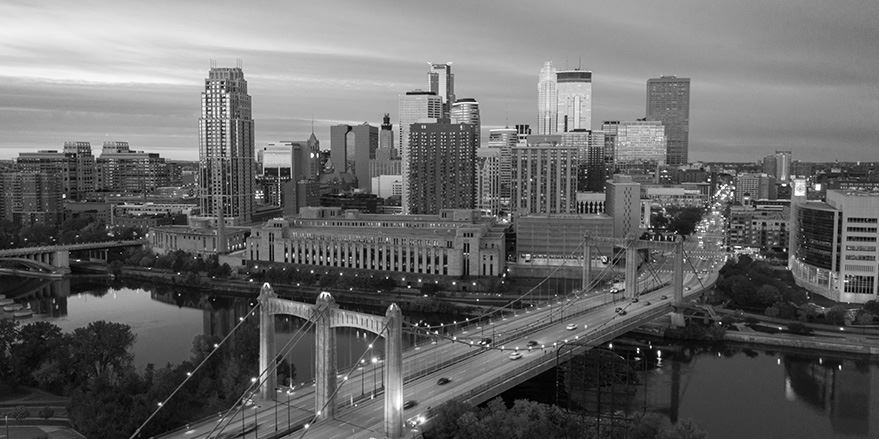Ontario and Manitoba are just a few hours away from the Twin Cities. So it’s no surprise that Minneapolis and St. Paul residents often plan a short trip across the Canadian border.
Many who have been charged with DWI are shocked when they are turned away at the border. If you also have a DWI record, keep the following things in mind to improve your chances of crossing.
What Happens During a Canadian Border Crossing?
When crossing into Canada, you’ll travel through a major checkpoint such as those found at International Falls, Baudette, Warroad, Pine Creek, or Grand Portage. There, border agents will ask you (and anyone else riding in your vehicle) for a passport or equivalent document such as a Nexus Card, U.S. Passport Card, or Enhanced Driver’s License.
Border officers may ask you certain questions such as your purpose for visiting and how long you plan to stay. They may also run your name through the FBI database, either as part of a random search or because they have reason to believe that something is amiss.
Canada takes DWI offenses very seriously. If a search reveals a criminal arrest, you will likely be turned away. This is true even if you are a passenger in someone else’s car and do not plan on driving during your visit.
Gaining Entry Through a Rehabilitation Permit
Do not assume that you will slide by border agents. You may get lucky once, but sooner or later you’ll probably be found out. And after making an eight to ten-hour trek, your friends will probably not be very happy with you if you are turned away.
A better option would be to apply for a rehabilitation permit. A rehabilitation permit states you have been reformed and are no longer a criminal threat.
Generally speaking, you are eligible to apply for a rehabilitation permit if more than five years have elapsed since completing your sentence. The period is calculated differently based upon whether you had a suspended sentence, were assessed a fine, or also served probation.
Once more than ten years have passed, you are considered rehabilitated under the following condition: if the offense were committed in Canada it would result in a prison term of no greater than ten years.
I Don’t Qualify. Now What?
If you’re ineligible for a rehabilitation permit, you may still gain entry through a Temporary Resident Permit (TRP). You may also need a TRP if you have applied for a rehabilitation permit but have not received verification.
A Temporary Resident Permit will allow you to enter Canada, provided you have a compelling reason for visiting. The most common reason people request a TRP is to visit family members or attend business conferences.
A TRP may come with its own stipulations concerning your visit. It is good only for a specified period of time, meaning you will need to reapply if you plan to enter Canada again. You’ll pay $200 CAD (approximately $150 USD) for each request.
You may submit your application at a point of entry or via the Canadian Consulate located in Los Angeles, California. Most people submit applications at the checkpoint since decisions are made at those locations on the spot. The Canadian Consulate can take as long as twelve months to approve or deny a request.
Avoiding a Dwi Conviction
A DWI conviction can greatly impact your ability to travel freely. As such, your best option is to avoid a conviction if possible.
That’s where a skilled attorney comes in. If you’ve been arrested, do not just assume you have to plead guilty. Contact us for an assessment of your case instead.
